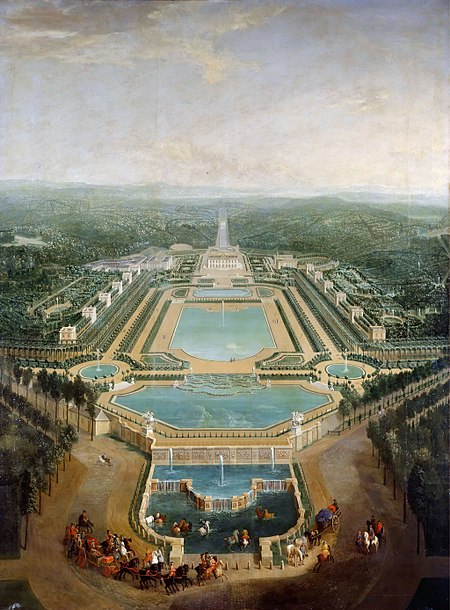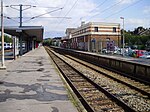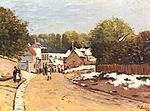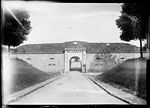Château de Marly

The Château de Marly was a French royal residence located in what is now Marly-le-Roi, the commune on the northern edge of the royal park. This was situated west of the palace and garden complex at Versailles. Marly-le-Roi is the town that developed to serve the château, which was demolished in 1806 after passing into private ownership and being used as a factory. The town is now a bedroom community for Paris. At the Château of Marly, Louis XIV of France escaped from the formal rigors he was constructing at Versailles. Small rooms meant less company, and simplified protocol; courtiers, who fought among themselves for invitations to Marly, were housed in a revolutionary design of twelve pavilions built in matching pairs flanking the central sheets of water, which were fed one from the other by formalized cascades (illustration, right). After the French Revolution, about 1800, the chateau was sold to a private owner. He demolished it in 1806 after his factory there failed. The hydraulic "machine" that pumped water for Versailles was also demolished. Only the foundation of Jules Hardouin-Mansart's small château, the pavillon du Roi remains at the top of the slope in Marly park. Napoleon bought back the estate in 1807, and the park belongs to the state.
Excerpt from the Wikipedia article Château de Marly (License: CC BY-SA 3.0, Authors, Images).Château de Marly
Allée des Portiques du Couchant, Saint-Germain-en-Laye
Geographical coordinates (GPS) Address Nearby Places Show on map
Geographical coordinates (GPS)
| Latitude | Longitude |
|---|---|
| N 48.863888888889 ° | E 2.1 ° |
Address
Allée des Portiques du Couchant
Allée des Portiques du Couchant
78160 Saint-Germain-en-Laye
Ile-de-France, France
Open on Google Maps










